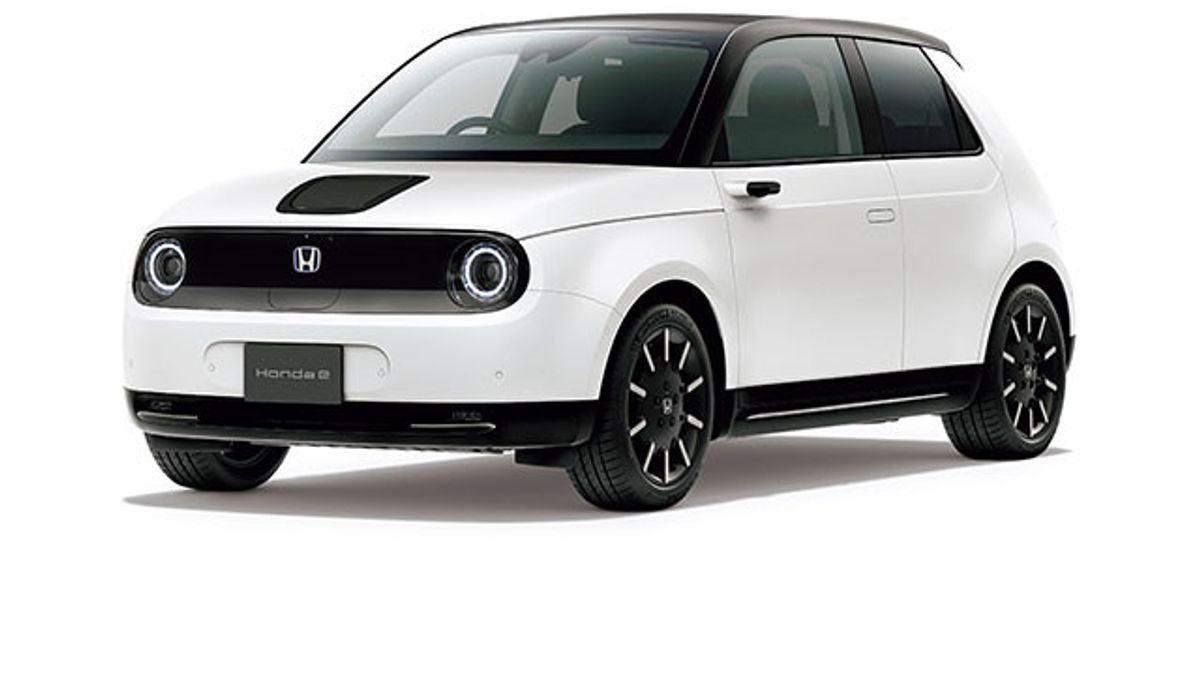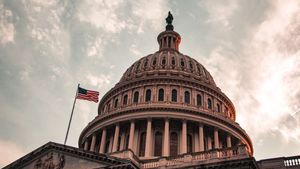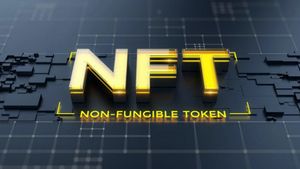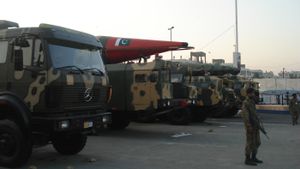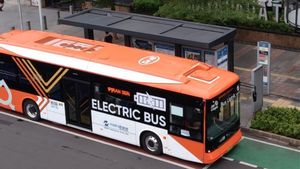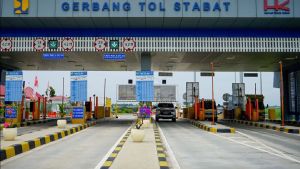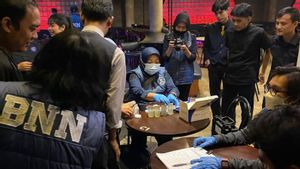JAKARTA – Honda Motor Co and its joint venture partner in China, Dongfeng Motor, said on Thursday, January 6 that they would build a new factory in Wuhan. This car factory will produce electric vehicles (EV) exclusively starting in 2024.
"The plant will have a production capacity of 120.000 vehicles per year," Honda said in a statement.
Honda, Japan's second largest automaker, will launch its newest EV brand in China this year called the e:N Series with plans to launch 10 models with partners Dongfeng and GAC.
The EV variant from Honda will enliven the electric car market which continues to grow positively. China itself, is currently known as the largest car market in the world with significant growth from year to year.

Honda is trying to continue to break Tesla's dominance as the world's largest electric car manufacturer and now its products have also dominated the market in China.
The car factory, which will be built in the Wuhan Economic Development Zone in Hubei Province, has a land area of about 630.000 square meters. First production is scheduled to begin in 2024, with a base annual capacity of 120.000 units.
Claimed to be a highly efficient smart factory capable of producing EVs from start to finish, the plant also has facilities that cover processes such as stamping, welding, painting, assembly and complete vehicle inspection. Honda aims to achieve a leading level of automation in the automotive industry, especially for the assembly line.
SEE ALSO:
Carbon neutrality is a big focus for automakers, and as they pledge to "proactively pursue sustainability initiatives" that include utilizing renewable energy sources such as solar power, recycled water and other methods to reduce emissions of VOCs, volatile organic compounds.
Honda recently announced an ambitious product offensive with the e:N series of cars, two of which will go on sale in China in the next few months. Those products are the e:NS1 and e:NP1 models, the former being essentially an all-electric version of the third-generation HR-V, previewed by the e:prototype SUV in April.
The automaker also plans to increase EVs and FCEVs (fuel cell EVs) in key markets to 40% of total sales by 2030, and 80% by 2035 then to 100% by 2040.
The English, Chinese, Japanese, Arabic, and French versions are automatically generated by the AI. So there may still be inaccuracies in translating, please always see Indonesian as our main language. (system supported by DigitalSiber.id)
